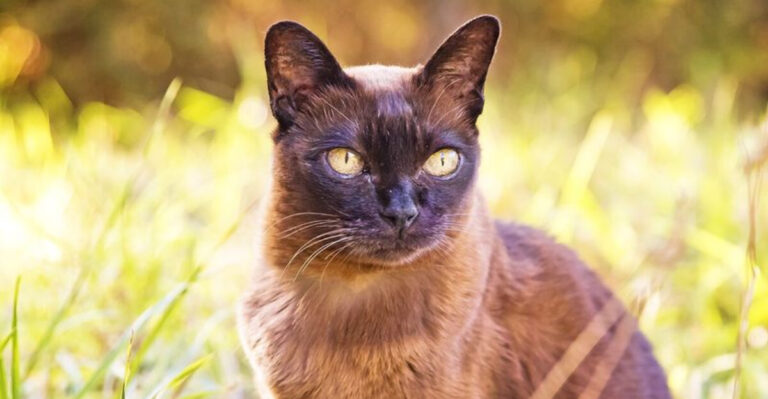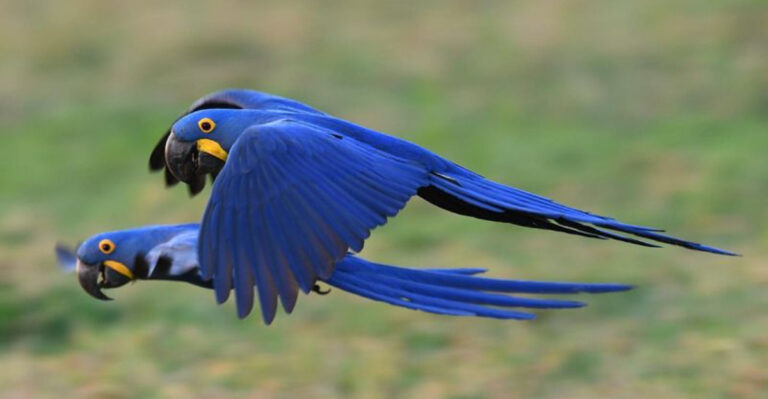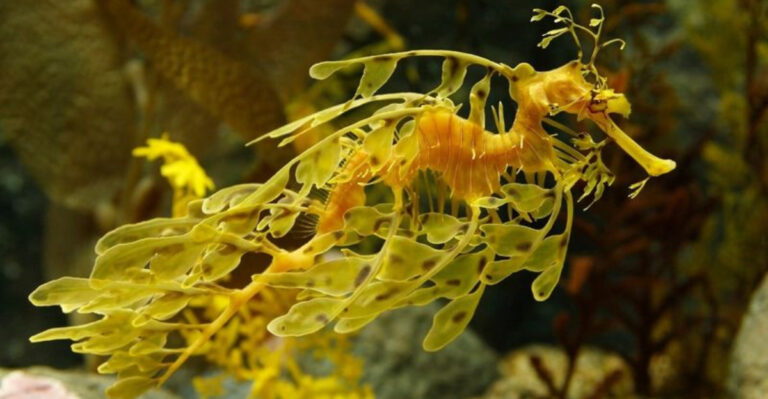14 Animals That Don’t Sleep The Same Way Humans Do
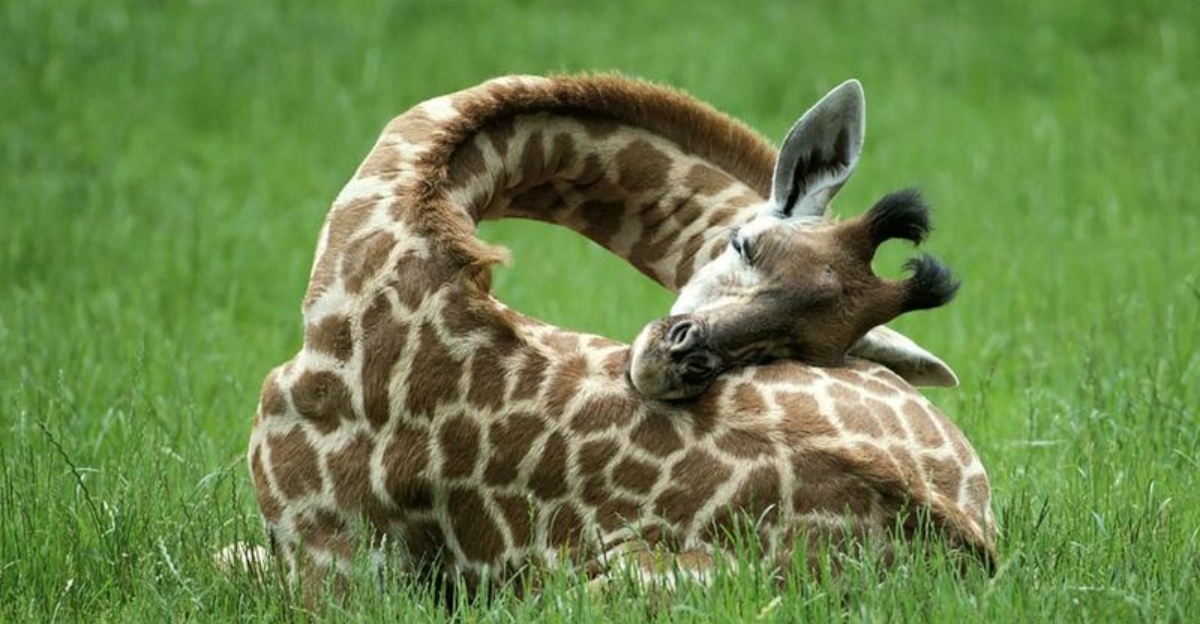
Ever wondered if all creatures hit the sack the same way we do? Some animals have turned sleep into an art form, crafting unique patterns that might just surprise you. From napping while in flight to catching Z’s with one eye open, these creatures redefine what it means to get some shut-eye.
1. Dolphins
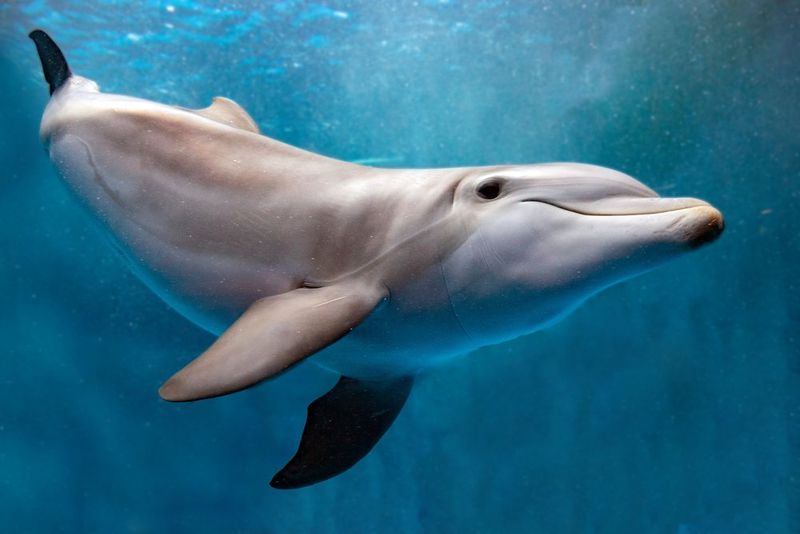
Imagine only half your brain snoozing while the other half stays alert. That’s how dolphins roll! These intelligent mammals keep one eye open, literally, to watch for predators or obstacles. While one hemisphere of their brain rests, the other keeps them moving smoothly through the ocean.
2. Albatross
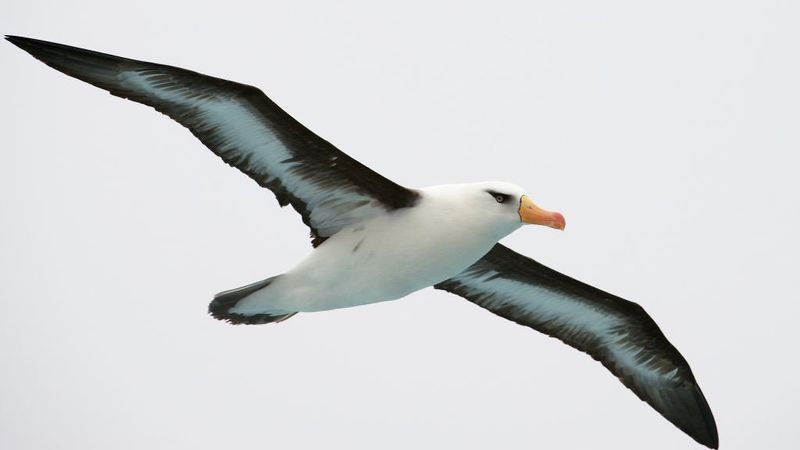
Think you can sleep on the move? Albatrosses have mastered it, catching brief naps while soaring across the ocean. Their wings lock in place, allowing them to glide without effort. This skill lets them travel thousands of miles without stopping, combining rest with remarkable endurance.
3. Bullfrogs
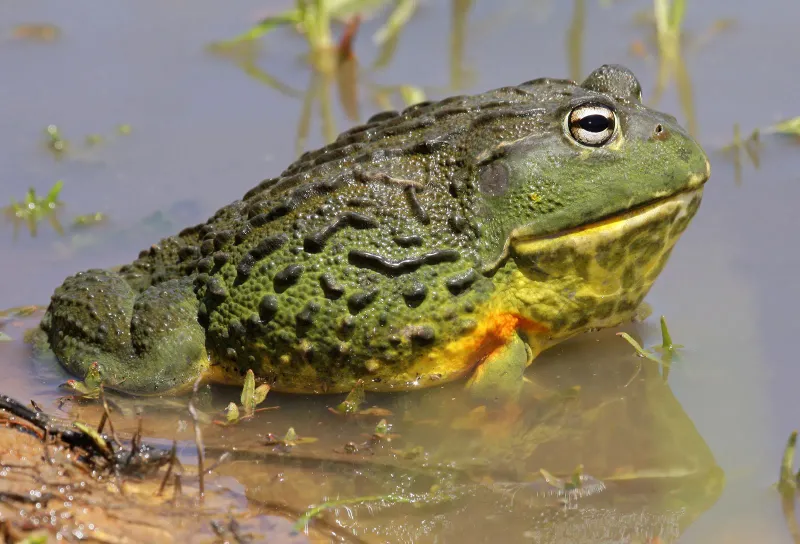
Ever tried staying awake indefinitely? Bullfrogs have shown they almost never sleep. They remain active and responsive even without a traditional sleep cycle. While it’s still debated how they recharge, these amphibians certainly have a unique way of staying alert.
4. Giraffes
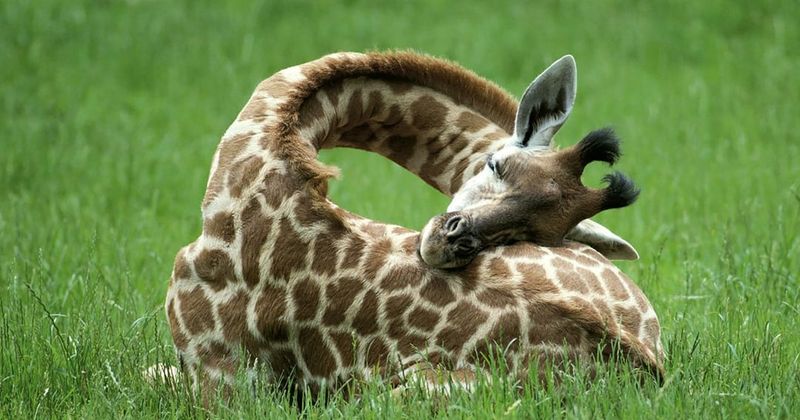
Standing tall even in rest, giraffes take short naps that last mere minutes. Their height allows them to spot predators from afar, so they don’t need long rests. These tall guardians of the savannah have adapted to sleep in the most efficient way possible.
5. Ants
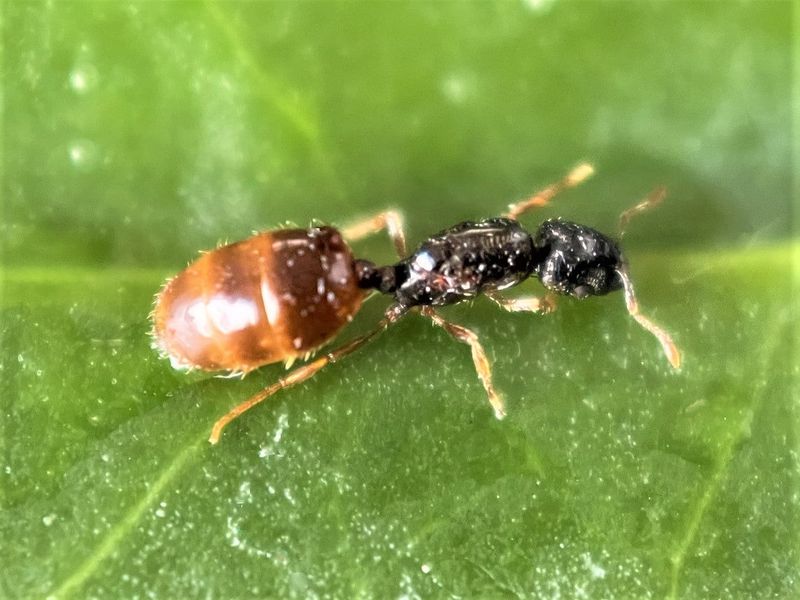
Picture a world without regular slumber. Ants experience nap-like rests in microbursts, with no defined sleep schedule. Their active lifestyle sees them taking brief pauses throughout the day. This pattern allows them to keep the colony bustling without missing a beat.
6. Walruses
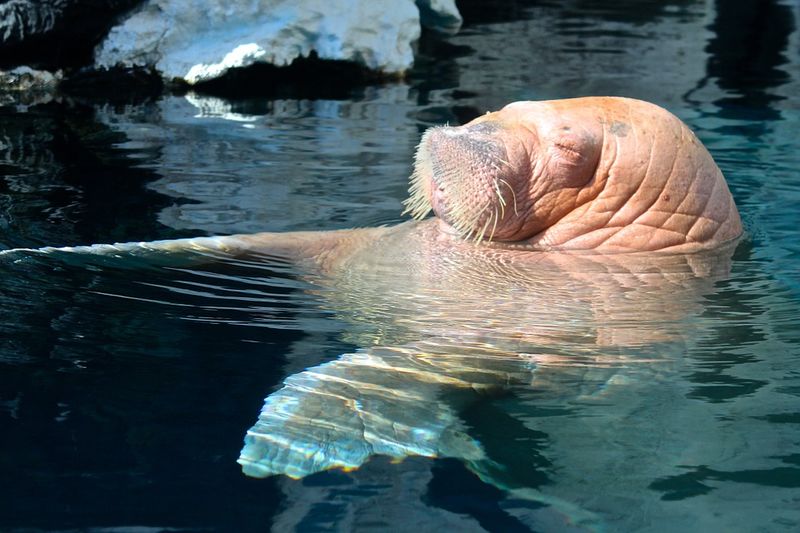
Can you sleep anywhere? Walruses can, whether on land or in water. These creatures adapt their rest to their surroundings, finding comfort on icy shores or floating in the sea. Their flexible habits ensure they get enough rest, wherever they might be.
7. Horses
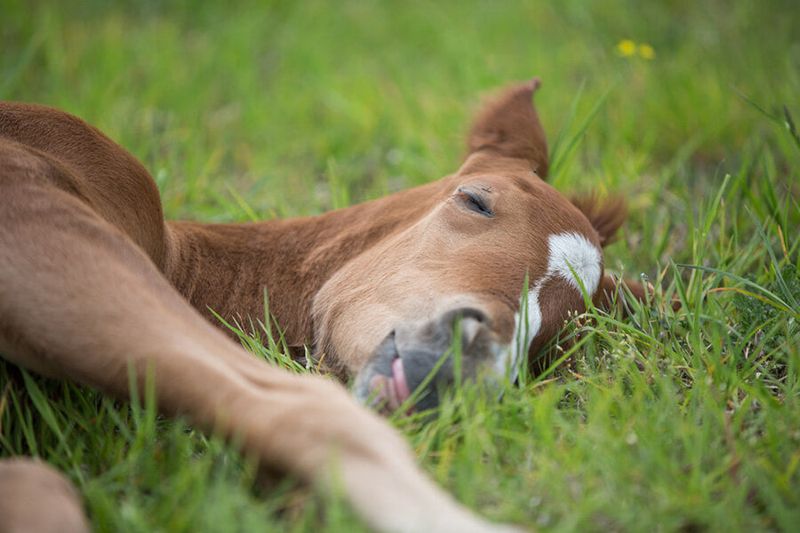
Resting on their hooves, horses are known for their ability to sleep standing up. This skill helps them stay vigilant while still catching some Z’s. When they feel safe, they might lie down for a deeper slumber, balancing alertness with rest.
8. Sharks
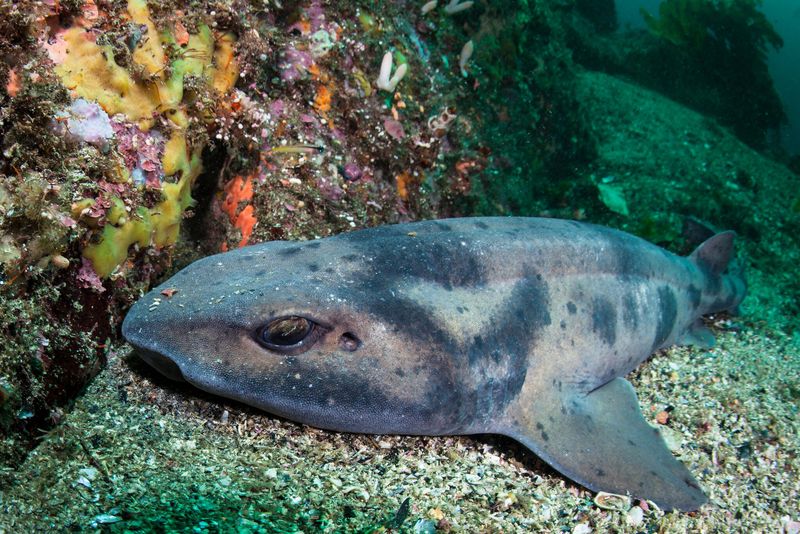
Sleep while on the move? Sharks do it seamlessly by keeping parts of their brain active. This allows them to continue swimming to breathe. They exhibit a sleep pattern that keeps them alive and in motion, a testament to their evolutionary prowess.
9. Elephants
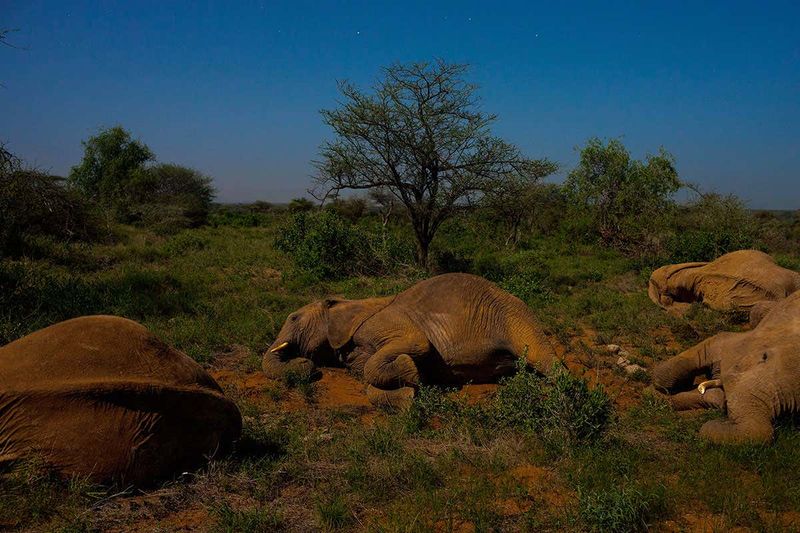
How about sleeping two hours a day? Elephants are known for their minimal sleep, catching brief naps rather than long snoozes. Their social behavior allows them to watch each other’s back, ensuring the herd’s safety while they rest collectively.
10. Fruit Bats
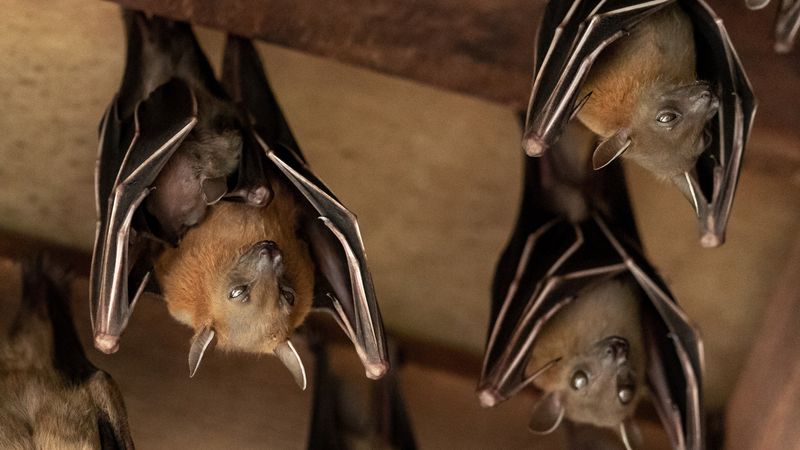
Hanging out in style, fruit bats sleep upside down in colonies. They find solace in caves or trees, resting with their unique inverted position. This sleep style keeps them ready to take flight swiftly, a clever adaptation for survival.
11. Cuttlefish
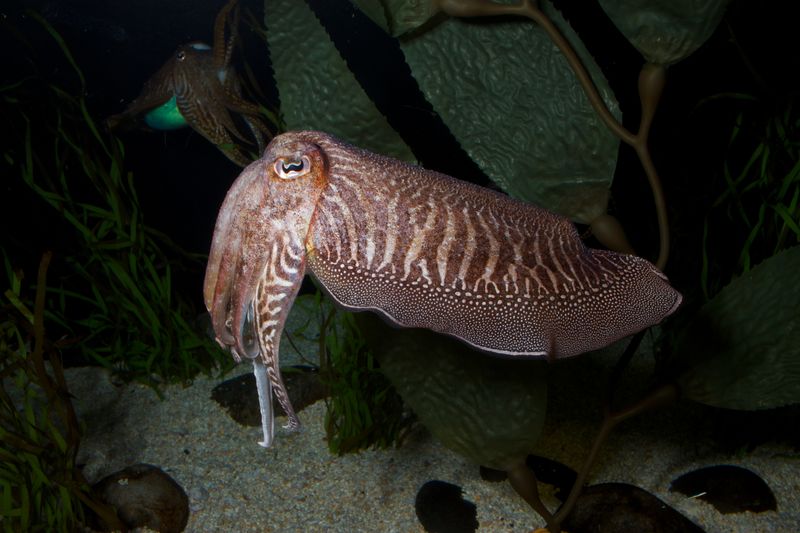
Can dreams be colorful? Cuttlefish suggest so, with sleep phases that mimic our REM sleep. During these phases, they change skin colors, possibly reflecting dream-like states. These marine creatures exhibit a captivating sleep pattern that might hint at their intelligence.
12. Sea Otters
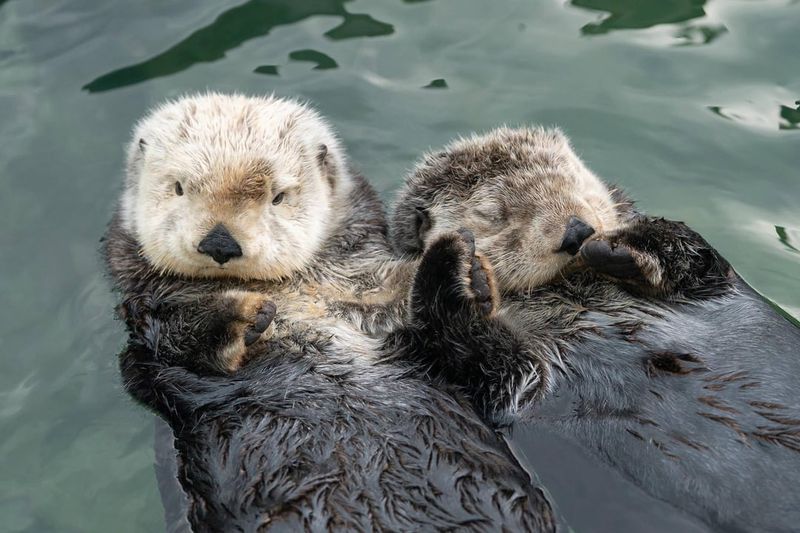
Holding hands while napping, sea otters keep a connection to avoid drifting apart. Their sleep strategy includes wrapping in kelp to secure themselves. This adorable behavior ensures their safety and warmth, a heartwarming sight in the marine world.
13. Koalas
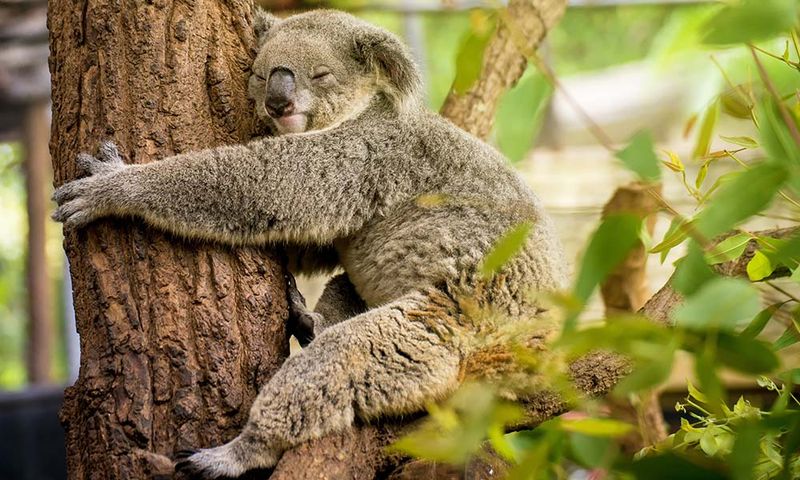
Spend almost the entire day snoozing? Koalas do, sleeping up to 20 hours. Thanks to their eucalyptus diet, which takes time to digest, they have ample time to rest. These cuddly marsupials exemplify a laid-back lifestyle, resting in the treetops of Australia.
14. Migratory Birds
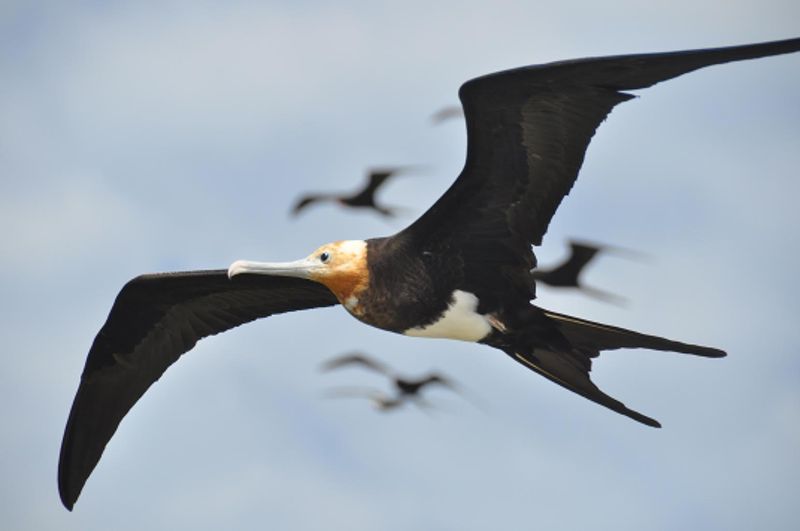
Can you imagine napping on the wing? Migratory birds do just that, catching sleep while navigating the skies. Their ability to rest during flight allows them to cover vast distances. This adaptation showcases their resilience and incredible endurance.


